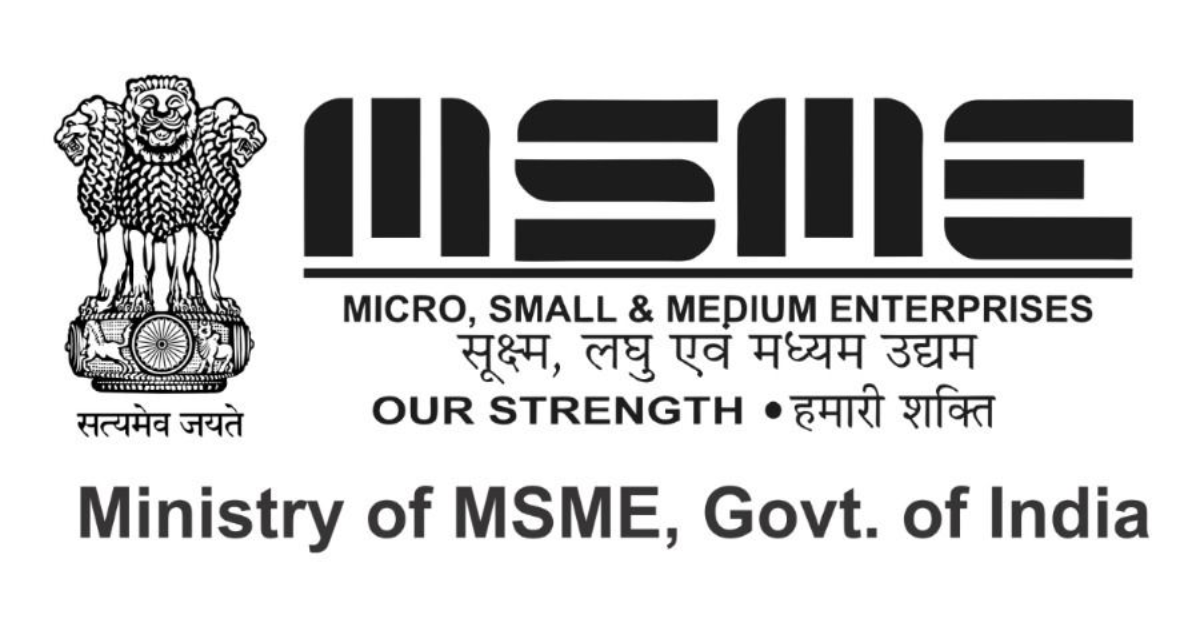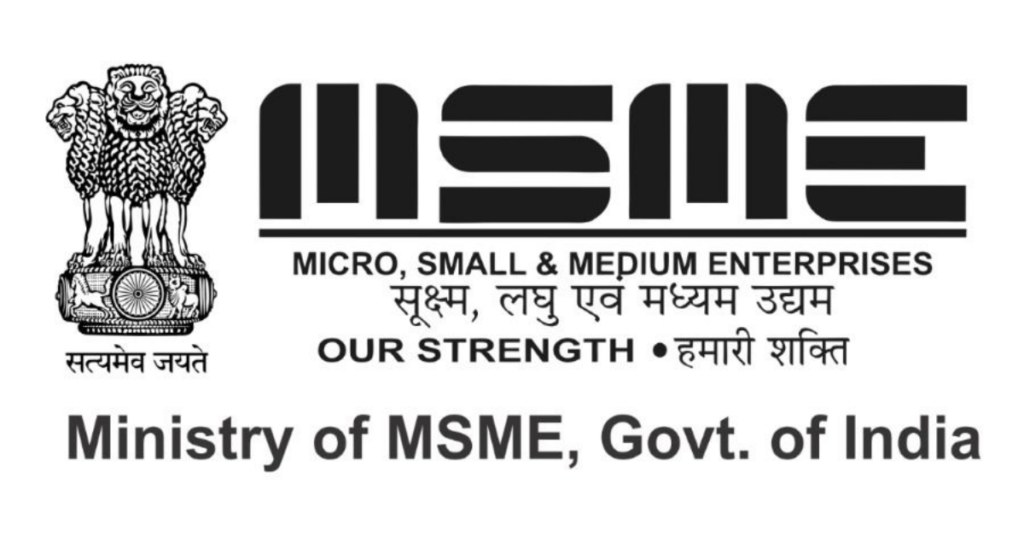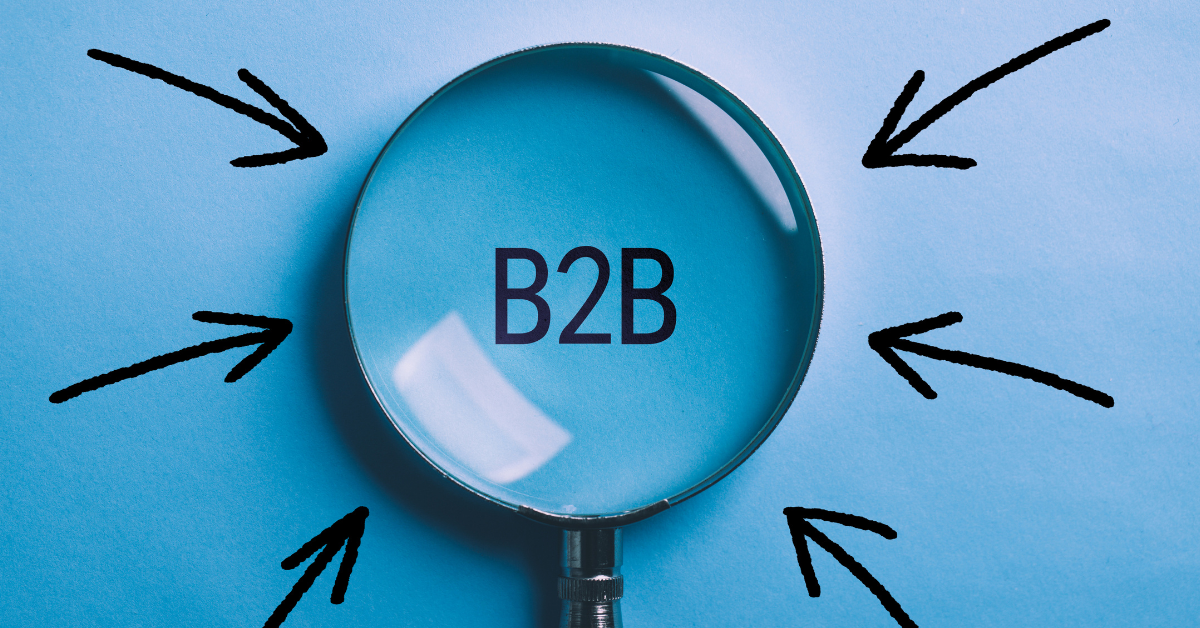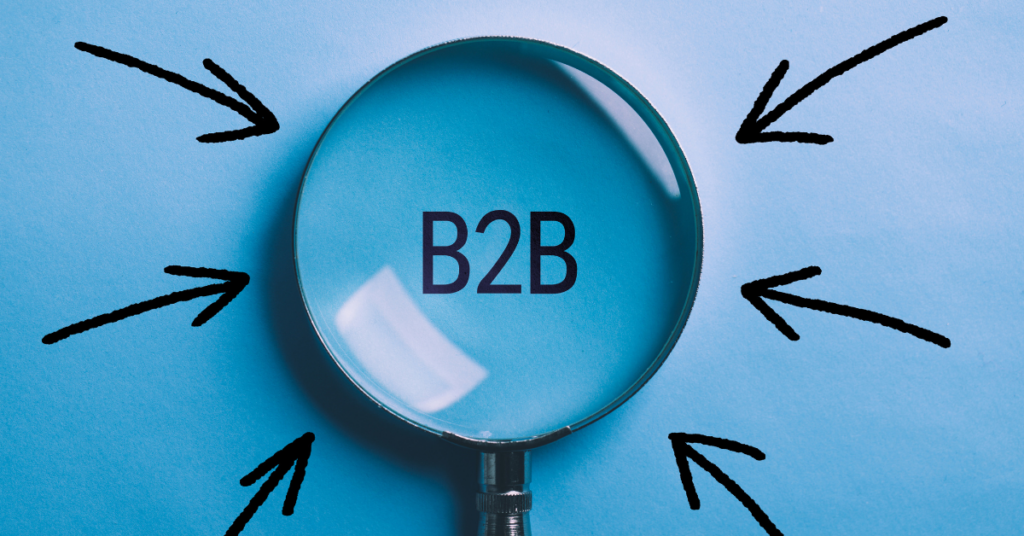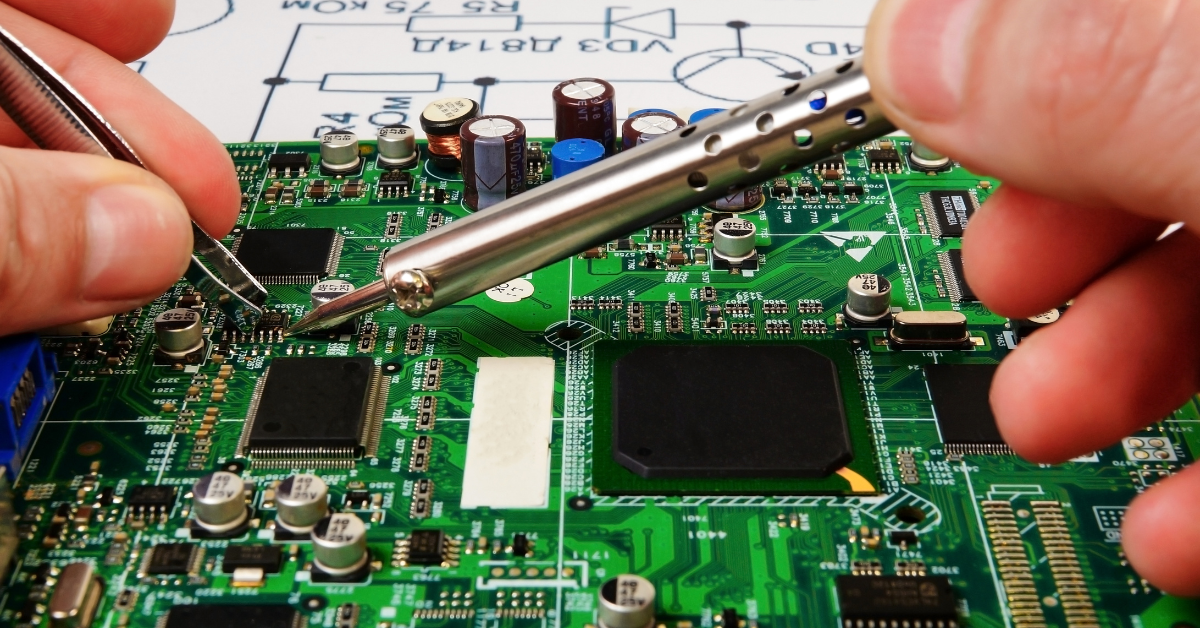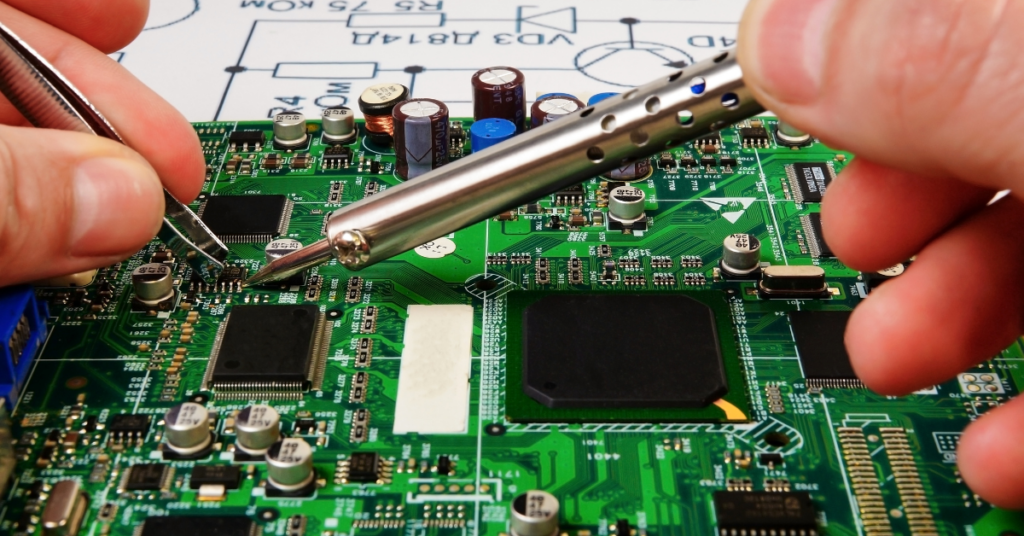Ixigo IPO Heats Up: Strong Initial Response Raises Eyebrows

The much-anticipated IPO (Initial Public Offering) of Ixigo, the travel technology company behind the popular travel search platform of the same name, has generated significant buzz in the Indian stock market.
Oversubscribed Debut
On its opening day (June 10th, 2024), the Ixigo IPO received a robust response from investors, with reports indicating it was oversubscribed. This strong initial showing suggests investor confidence in Ixigo’s growth potential within the Indian travel tech sector.
IPO Details
The public issue is a combination of fresh issue (₹120 crore) and Offer for Sale (OFS) (₹620.10 crore), raising a total of ₹740.10 crore. The price band has been set at ₹88 to ₹93 per equity share, with a minimum investment amount of ₹14,973 for retail investors. The lot size is 161 shares.
Listing and Allotment
The bidding window for the IPO remains open until June 12th, 2024. Allotment of shares is expected to be finalized on June 13th, with a tentative listing date set for June 18th on the Bombay Stock Exchange (BSE) and National Stock Exchange (NSE).
Reasons for Investor Interest
Several factors might be contributing to the positive investor response. The travel and tourism industry in India is expected to witness significant growth in the coming years, and Ixigo’s established brand presence and online travel platform could position it well to capitalize on this trend. Additionally, the company’s focus on technology and innovation might be seen as a competitive advantage.
Overall, the Ixigo IPO has gotten off to a promising start. However, potential investors should conduct thorough research and due diligence before committing their funds. While Ixigo boasts a strong brand name, a closer look at its financial performance might be necessary before making any investment decisions. With a competitive travel tech landscape in India, it’s crucial to assess whether the IPO price accurately reflects Ixigo’s long-term value proposition.
For more information on Ixigo’s IPO, read more here: https://www.news18.com/business/ixigo-ipo-gets-strong-response-subscribed-1-95-times-on-first-day-8928977.html

